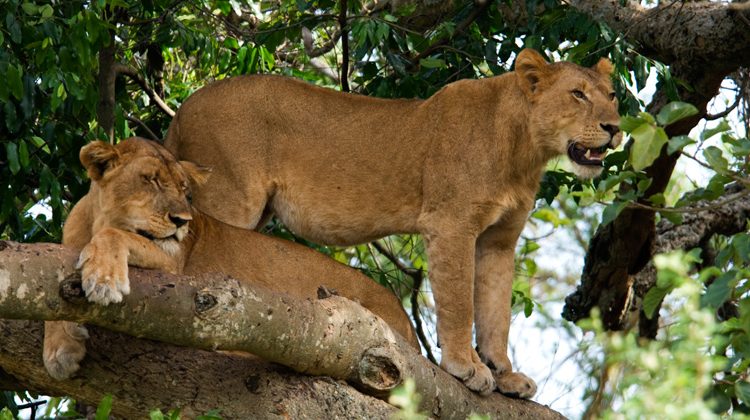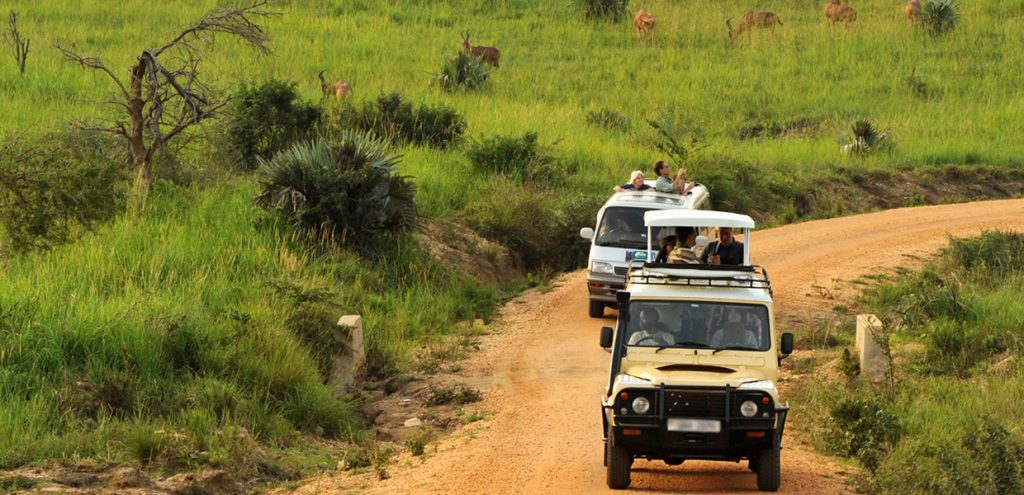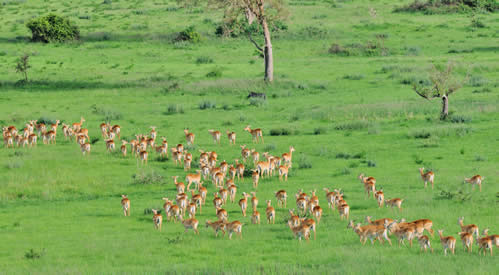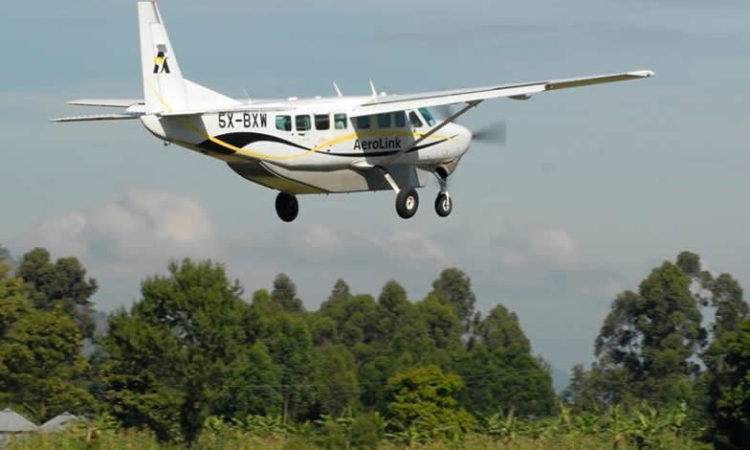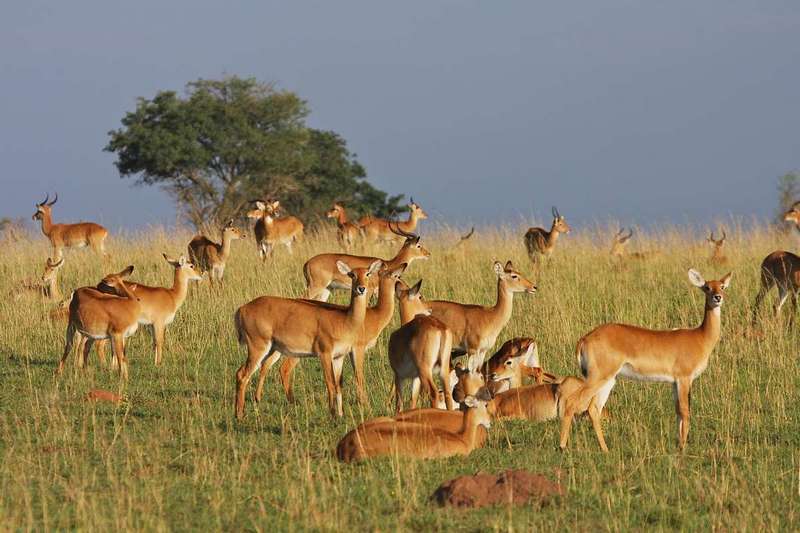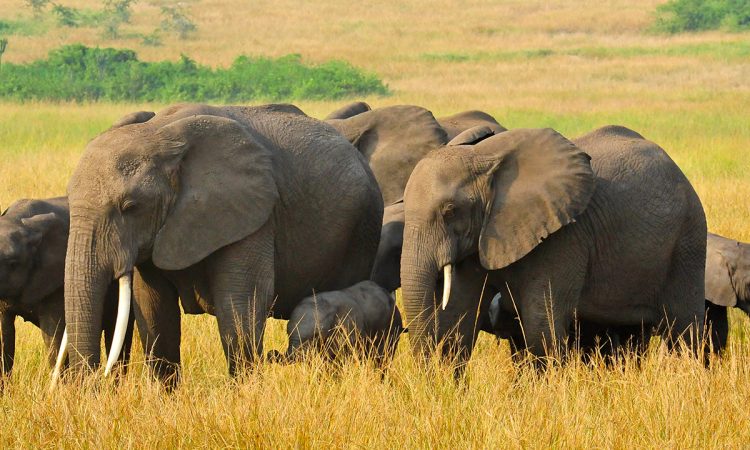The top attractions in Queen Elizabeth National Park
The top attractions in Queen Elizabeth National Park.Queen Elizabeth National Park, located in southwestern Uganda, is a true gem for nature enthusiasts and wildlife lovers. With its diverse ecosystems and breathtaking landscapes, it offers an unforgettable safari experience. In this blog post, we will delve into the top attractions of Queen Elizabeth National Park, highlighting the unique features that make it a must-visit destination for any traveler.
Kazinga Channel: The Kazinga Channel is a 32-kilometer long waterway that connects Lake Edward and Lake George. It is a haven for wildlife, attracting an abundance of animals, including hippos, elephants, buffaloes, crocodiles, and a vast array of bird species. A boat cruise along the channel is an absolute must-do activity, providing an up-close encounter with these magnificent creatures and the opportunity to capture some incredible photographs.
Tree Climbing Lions of Ishasha: One of the most sought-after sightings in Queen Elizabeth National Park is the famous tree-climbing lions of Ishasha. These lions have developed a unique behavior of climbing and resting in the branches of large fig trees. Witnessing these majestic creatures lounging in the treetops is an extraordinary and rare sight that will leave you in awe.
Game Drives in Kasenyi Plains: Embark on an exciting game drive adventure through the vast savannah plains of Kasenyi. The plains are teeming with wildlife, including elephants, buffaloes, warthogs, antelopes, and Uganda kobs, which are endemic to the region. Additionally, the park is home to predators such as lions, leopards, and hyenas. A game drive offers an excellent opportunity to spot these fascinating animals in their natural habitat.
Kyambura Gorge: For a unique and adventurous experience, venture into the Kyambura Gorge, also known as the “Valley of Apes.” This 16-kilometer long gorge is home to a habituated community of chimpanzees. Trekking through the lush forest and encountering these primates in their natural environment is an incredible opportunity for wildlife enthusiasts and photographers alike.
Mweya Peninsula: Situated on the northern bank of the Kazinga Channel, the Mweya Peninsula offers breathtaking views of the surrounding landscapes. It is an ideal spot for birdwatching, as the area boasts over 600 bird species, making it a paradise for ornithologists. Additionally, the peninsula is home to Mweya Safari Lodge, a luxurious accommodation option with stunning views and excellent wildlife viewing opportunities.
Ishasha Sector: The Ishasha Sector, located in the southern part of the park, is renowned for its unique tree-climbing lions. Besides this fascinating sight, the sector is also known for its herds of elephants and buffaloes that roam the open plains. Exploring this lesser-visited area of the park provides a tranquil and exclusive safari experience.
Conclusion: Queen Elizabeth National Park is a treasure trove of natural wonders, offering an incredible variety of wildlife, stunning landscapes, and unforgettable experiences. Whether you embark on a boat cruise along the Kazinga Channel, search for the tree-climbing lions of Ishasha, or trek through the Kyambura Gorge, this national park promises to leave you in awe of its beauty and biodiversity. A visit to Queen Elizabeth National Park is a journey into the heart of Africa’s wilderness, an adventure that will create memories to last a lifetime.

